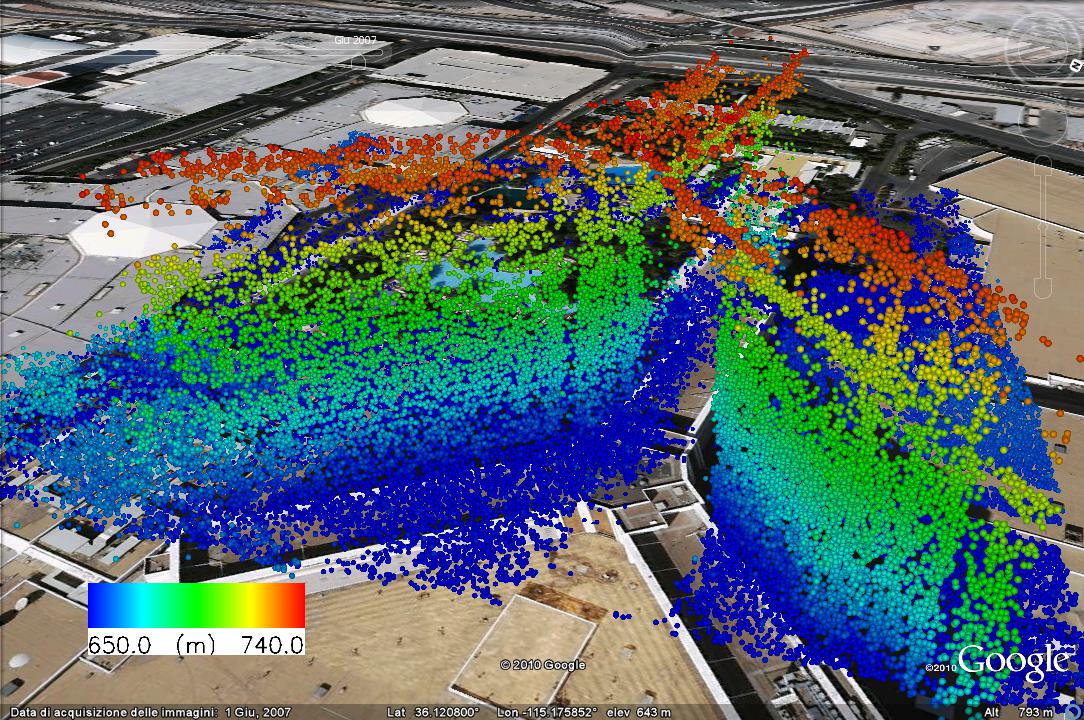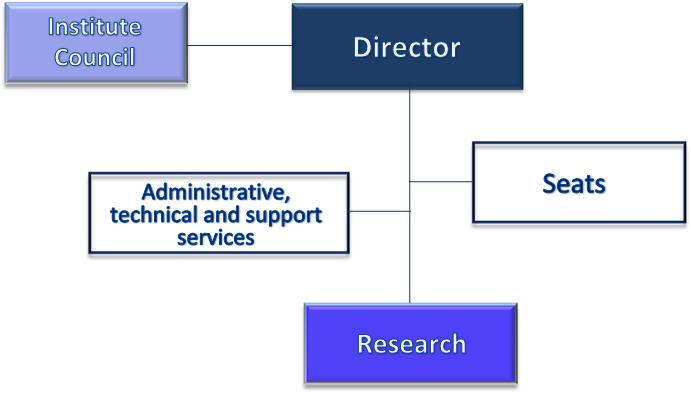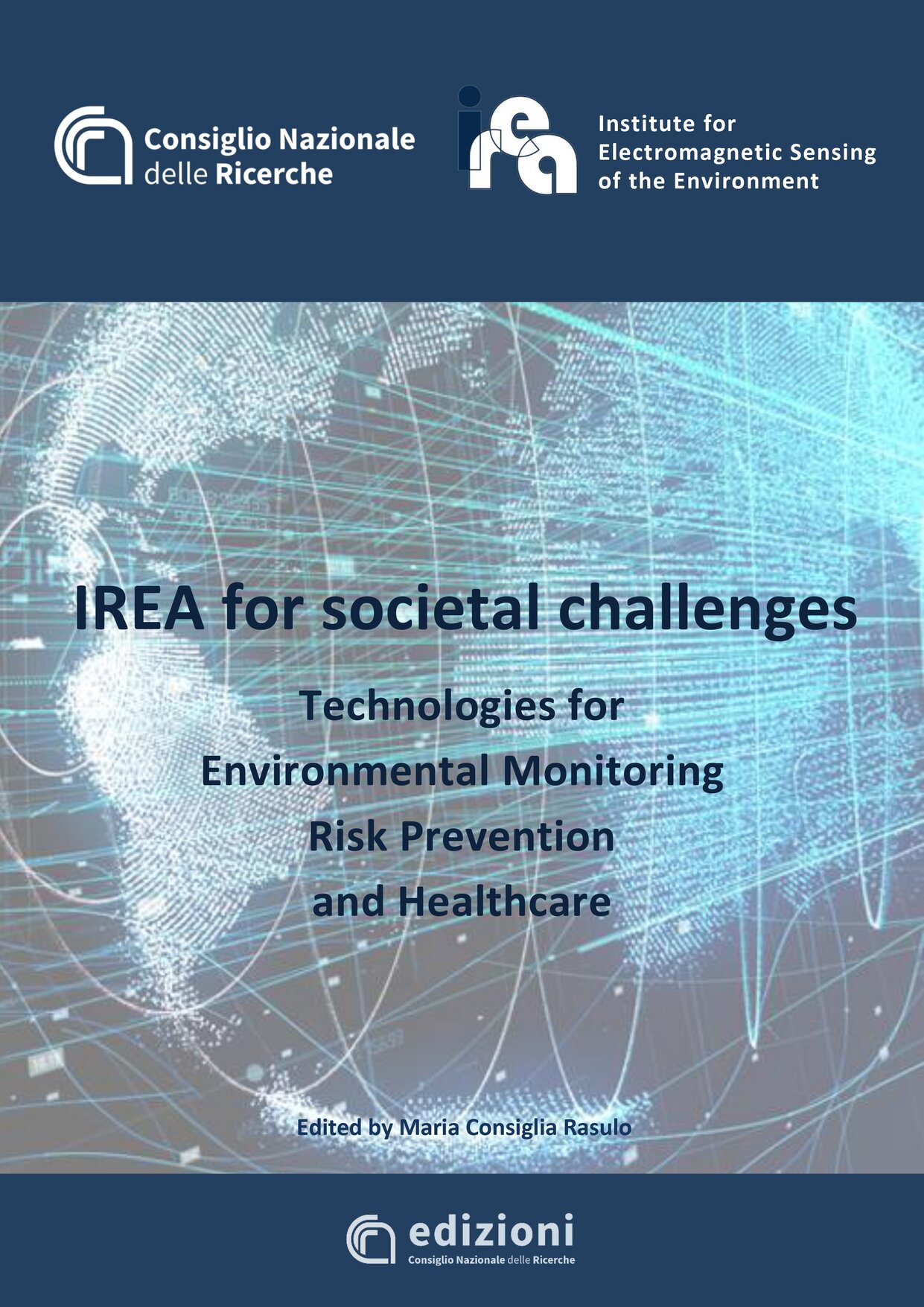
Maria Consiglia Rasulo
In the framework of the International School of Bioelectromagnetics "Alexander Chiabrera" the VI course dedicated to static magnetic fields and low frequency will be held this year from the 25th November to the 1st December.
The course will be held in Erice (Sicily, Italy) at the Ettore Majorana Foundation and Centre for Scientific Culture (President: prof. Antonio Zichichi). Here a Permanent School of Bioelectromagnetics was set up in 2003 (Director: prof. Ferdinando Bersani) with the aim of dealing with the various aspects of interaction between electromagnetic fields and biological systems.
The course directors are Frank S Prato (Lawson Health Research Inst., London, Ont., Canada) and Jukka Juutilainen (Department of Environmental Science, University of Eastern Finland, Kuopio).
As part of the VI course Maria Rosaria Scarfì, researcher at IREA, will give a lecture entitled "In vitro studies on static magnetic fields".
Interested candidates can consult the course program containing registration procedures..
In the framework of the royal palace in Munich and of the international conference IGARSS 2012, the most important in the field of remote sensing which includes over two thousand scientists from all over the world, the Italian techniques of image processing for satellite monitoring developed at IREA was rewarded by the IEEE Society. The work "Tomographic Imaging and Monitoring of Buildings with Very High Resolution Data", developed by an Italian-German team composed by Diego Reale, Gianfranco Fornaro and Antonio Pauciullo of IREA-CNR and by Xiaoxiang Zhu and Richard Bamler of the German Space Agency and published in the international journal Geoscience and Remote Sensing Letters, received the award for the best article of 2011. This work represents a significant advancement in the development of the satellite technology for monitoring the Earth by satellite, by opening an application scenario to the reconstruction and monitoring of single buildings and structures. The application sectors involves the control of deformations of buildings and infrastructure associated with structural defects and exposed to natural and anthropogenic stresses, such as excavation and extraction in subsoil, or extreme events such as earthquakes.
3D reconstruction of the Hotel Mirage in Las Vegas obtained by the technique of multi-dimensional SAR imaging (also known as tomographic SAR) using the very high resolution data of the German satellite TerraSAR-X
Researchers at the Institute for Electromagnetic Sensing of the Environment, following the powerful earthquake that struck the eastern province of Turkey on 23 October 2011, processed SAR data acquired by ENVISAT satellite of the European Space Agency (ESA), generating the deformation map caused by the earthquake. In the image each color cycle represents a displacement of about 2.8 cm.
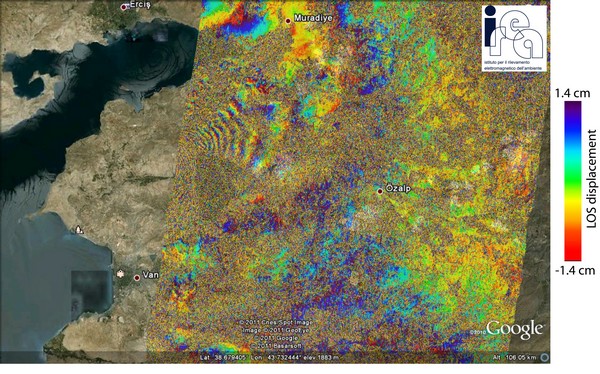
ENVISAT differential interferogram relevant to the area of Van (eastern
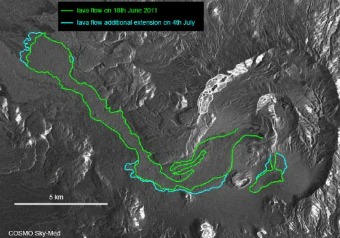
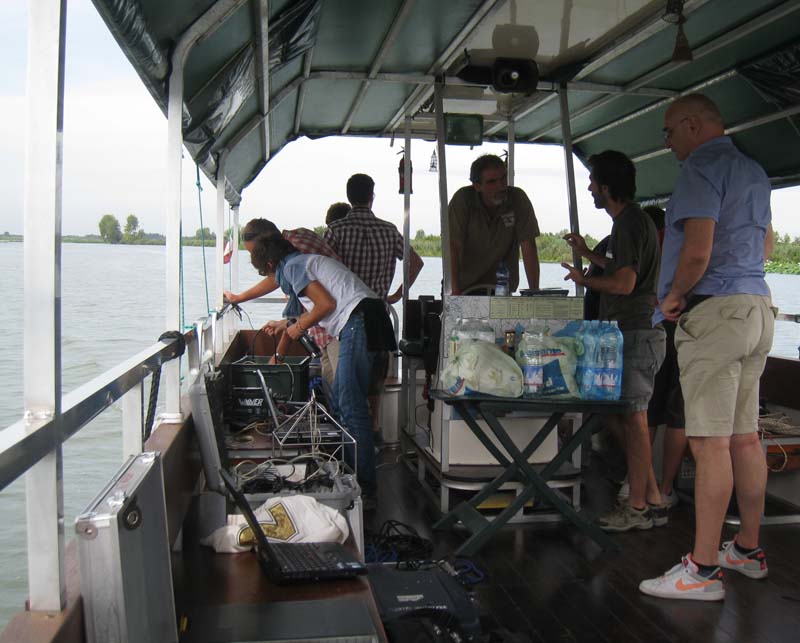
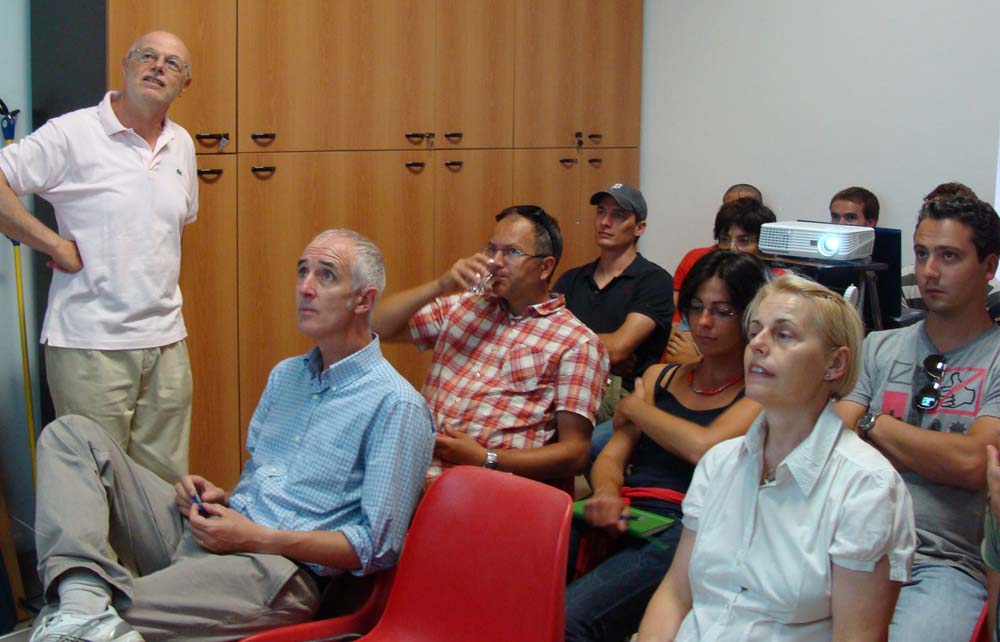
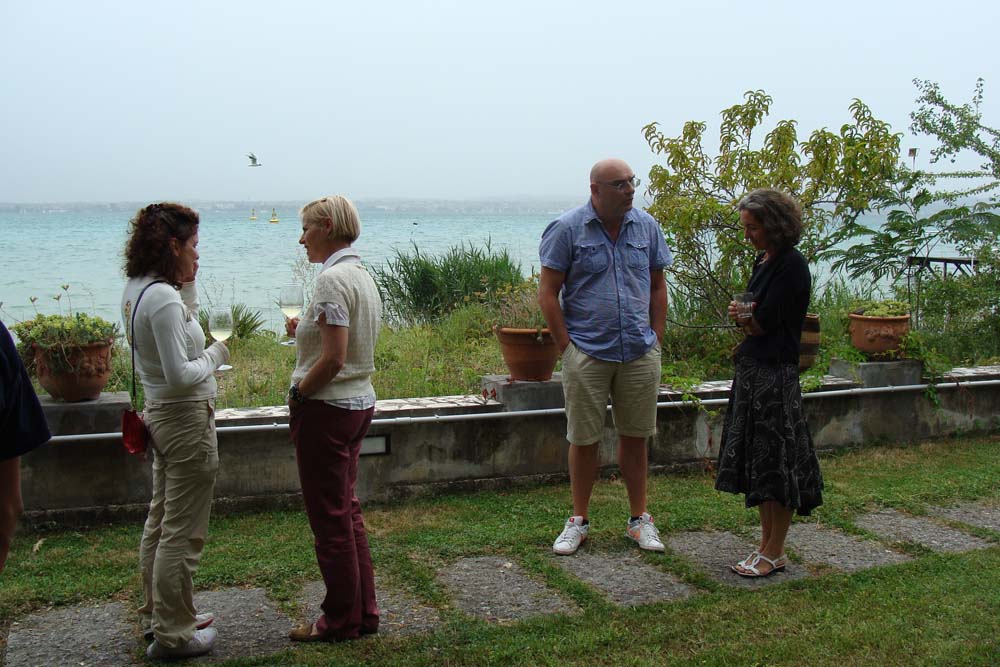
<object height="315" width="560" codebase="http://download.macromedia.com/pub/shockwave/cabs/flash/swflash.cab#version=10,0,32,18" classid="clsid:d27cdb6e-ae6d-11cf-96b8-444553540000">
<param name="flashvars" value="file=http://www.irea.cnr.it/cnr-videos/IREA_2009_Eng.flv" />
<param name="src" value="http://www.walkernews.net/mediaplayer.swf" /><embed height="315" width="560" src="http://www.walkernews.net/mediaplayer.swf" flashvars="file=http://www.irea.cnr.it/cnr-videos/IREA_2009_Eng.flv" type="application/x-shockwave-flash"></embed>
</object>
<
Tag Cloud
Research activity in evidence
-
Distributed fiber optic sensors
Fiber optic sensors are ideal for monitoring critical infrastructure or…


